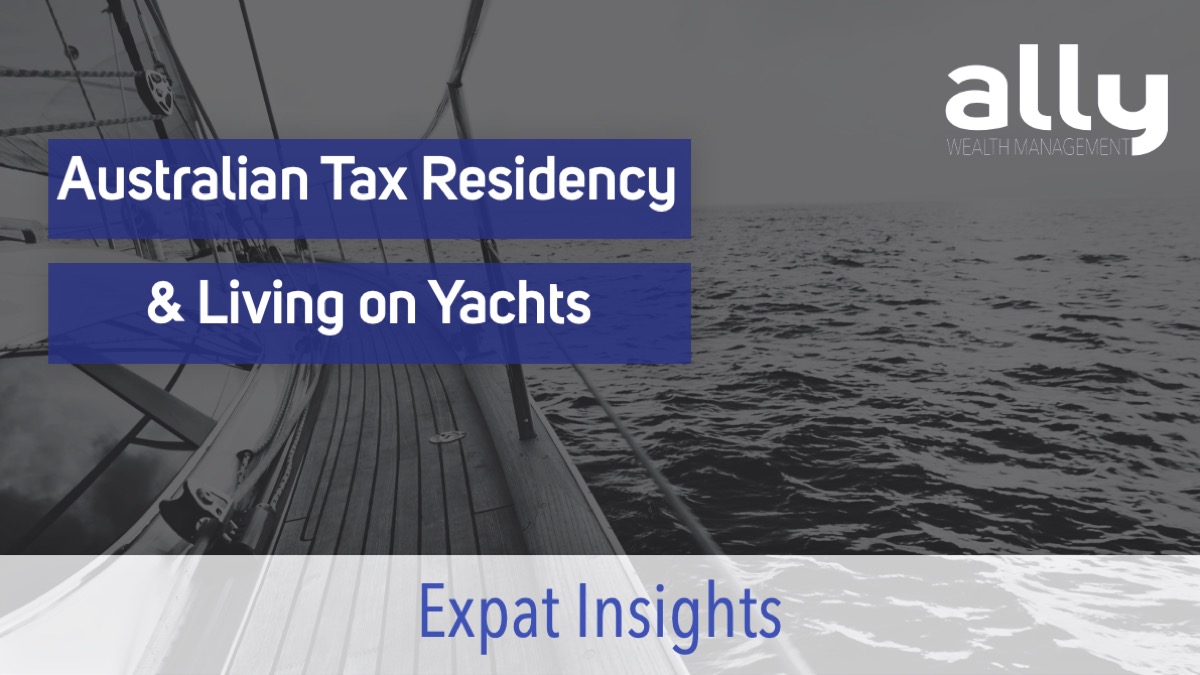Relocating to Australia with CPF or SRS from Singapore
If you’re an Australian expat living and working in Singapore, you may have encountered the Central Provident Fund (CPF) and the Supplementary Retirement Scheme (SRS). These schemes are central to Singapore’s retirement savings framework, but they can be a bit of a maze for those unfamiliar with them. Understanding these schemes is crucial, especially if you’re planning to repatriate or relocate to Australia.
In this blog, we’ll explore what CPF and SRS are, what you need to be aware of as an Australian expat, or Singaporean considering relocating to Australia, and how tax can apply when repatriating or relocating to Australia with CPF or SRS funds. We’ll also discuss strategies to minimise your tax liabilities, such as redeeming and contributing to super, paying down your mortgage, or investing in other structures.
Let’s start with the basics.
What is CPF?
The Central Provident Fund (CPF) is a comprehensive social security savings scheme designed to provide working Singaporeans and permanent residents with a secure retirement. However, as an Australian expat, you might find this system quite different from what you’re used to back home.
CPF Contributions
CPF contributions are mandatory for both employees and employers. These contributions are divided among three main accounts:
- Ordinary Account (OA): Used for housing, insurance, investment, and education.
- Special Account (SA): Meant for old age and investment in retirement-related financial products.
- Medisave Account (MA): Set aside for medical expenses and approved medical insurance.
Your CPF contributions are a percentage of your salary, with the exact amount depending on your age and income level. Employers also contribute a portion, significantly boosting the total amount saved.
Uses of CPF Funds
CPF funds can be used for a variety of purposes:
- Housing: You can typically use your OA savings to purchase a home, pay for housing loans, or finance housing-related expenses.
- Healthcare: MA savings can cover medical expenses and health insurance premiums.
- Retirement: SA and OA funds contribute to your retirement savings, ensuring financial security in your golden years.
Understanding the allocation and utilisation of CPF funds is vital for planning your financial future, especially if you have plans to return to Australia.
What is SRS?
The Supplementary Retirement Scheme (SRS) is another key component of Singapore’s retirement planning landscape. Unlike CPF, SRS is a voluntary scheme designed to encourage individuals to save for retirement, with attractive tax benefits as a major incentive.
Voluntary Nature of SRS Contributions
You can choose to contribute to SRS at any time, and the amount you contribute is flexible, up to an annual cap. One of the key attractions of SRS is its tax-deferred benefit. Contributions to SRS are eligible for tax relief, meaning they reduce your taxable income for the year.
Uses of SRS Funds
SRS funds can be invested in a wide range of financial products, including:
- Stocks and shares
- Unit trusts
- Fixed deposits
- Insurance products
These investments can grow your retirement savings over time, with the added benefit of tax-deferred growth. However, withdrawals from SRS before the statutory retirement age (currently 63, as of July 2024) are subject to penalties and taxes, which can be a consideration if you’re planning an early return to Australia.
Key Considerations for Australian Expats
As an Australian expat, it’s essential to understand how CPF and SRS interact with your tax obligations both in Singapore and Australia. When you become an Australian tax resident again, your CPF and SRS funds are typically deemed to be acquired upon entry to Australia. This means their value at the time you resume tax residency in Australia will be treated as your cost base for Australian tax purposes.
Understanding Tax Residency
Your tax residency status can significantly impact how your CPF and SRS funds are taxed. Generally, you’re considered an Australian resident for tax purposes if you:
- Have always lived in Australia or have come to Australia and live here permanently.
- Have been in Australia for more than half of the financial year, unless your usual home is overseas and you do not intend to live in Australia.
- Have been overseas temporarily and you do not set up a permanent home in another country.
- Have relocated to Australia with the intent to live here permanently.
If you meet these criteria, you’ll generally be taxed on your worldwide income, including any income from CPF and SRS funds.
Tax Implications upon Repatriation or Relocation to Australia
When you return to Australia, your CPF and SRS funds will be subject to Australian tax laws. Here’s how these funds are typically treated:
CPF Funds
CPF funds are considered to be acquired at their market value when you become an Australian resident. This means you’ll need to declare any income or capital gains from these funds on your Australian tax return. Additionally, any withdrawals from CPF accounts may be taxable, depending on how they are treated under Australian tax law.
SRS Funds
SRS funds are more complex due to their tax-deferred nature. Any withdrawals from SRS accounts will be subject to Australian tax, and you’ll need to consider the potential for double taxation. However, there are ways to mitigate this through tax treaties between Singapore and Australia.
Options to Minimise Tax
To manage your tax liabilities effectively, consider these strategies:
Redeeming CPF and SRS Funds Before Returning
One option is to redeem your CPF and SRS funds before returning to Australia. This can help you avoid the complexities of Australian tax laws and potentially reduce your tax liability. However, it’s essential to understand the tax implications in Singapore before making any withdrawals.
Contributing to Australian Superannuation
Withdrawing your CPF and SRS funds and contributing these proceeds into your Australian superannuation account can be a tax-efficient way to manage these savings. Superannuation contributions are generally taxed at a lower rate, and the funds can continue to grow tax-deferred until retirement. It’s important to seek advice and consider the most optimal way to contribute to your superannuation fund, and if this is even a sensible option for you.
Paying Down Your Mortgage
Using your CPF and SRS funds to pay down your mortgage in Australia can also be a wise financial move. This reduces your debt burden and can provide significant tax savings, as interest on home loans is not tax-deductible in Australia.
Investing in Other Structures
Consider investing your CPF and SRS funds in other tax-efficient structures, such as trusts, insurance bonds, or managed funds. These can provide diversified investment opportunities while optimising your tax position.
Steps to Take Before Repatriating or Relocating
Before making any moves, follow this checklist to ensure a smooth transition:
- Review Your CPF and SRS Balances: Understand your current balances and how they are invested.
- Consult with a Financial Adviser: Seek advice from professionals familiar with both Singaporean and Australian tax laws.
- Plan Your Withdrawals and Transfers: Strategise the timing and method of withdrawing or transferring funds to minimise tax liabilities.
- Understand Regulatory Requirements: Ensure compliance with both Singaporean and Australian regulations regarding CPF and SRS funds.
- Document Everything: Keep detailed records of all transactions and consultations for future reference.
Conclusion
Navigating the complexities of CPF and SRS as an Australian expat in Singapore requires careful planning and a thorough understanding of both countries’ tax laws. By being proactive and seeking professional advice, you can effectively manage your CPF and SRS funds, minimise your tax liabilities, and ensure a smooth financial transition when repatriating or relocating to Australia.
If you have any questions or need personalised advice on managing your CPF and SRS funds, don’t hesitate to reach out. Our team of experts is here to help you navigate the complexities of cross-border financial planning. Contact us today for a consultation and take the first step towards securing your financial future.
Ally Wealth Management is the trusted ally in finance for Australians at home and across the globe. As both Australian expats and residents, the founders of Ally have a unique understanding of the common personal financial challenges faced.
Book your complimentary appointment with our team at Ally Wealth Management to discuss how we can help you to achieve your financial goals.
Ally Wealth Management Pty Ltd is a Corporate Authorised Representative of Sentry Advice Pty Ltd ABN 77 103 642 888. Sentry Advice holds an Australian Financial Services Licence (AFSL) No. 227 748.
General Advice Warning: The information contained herein is of a general nature only and does not constitute personal advice. You should not act on any recommendation without considering your personal needs, circumstances, and objectives. We recommend you obtain professional financial advice specific to your circumstances.




